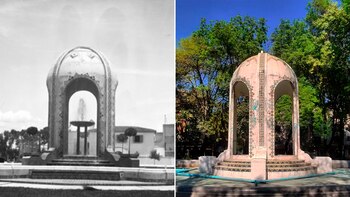
Mexico City would not be the same without all its colonies, buildings and monuments that are of great importance, not only because of their cultural value, but also because of their historical relevance. These buildings have witnessed numerous confrontations and political conflicts. Some are the result of the constructions that the Spanish Crown had to make at the time of New Spain, others are the result of Independence, some come from the Mexican Revolution or, in the case of the Condesa colony, from the Porfiriato.
Although it is officially known that the colony was built in 1902 during the dictatorship of Porfirio Díaz and inaugurated in 1927, the origins of this place date back to colonial times, specifically to the times when there was a hacienda called Santa María del Arenal. The antiquity and significance of the Countess is such that the media library of the National Institute of Anthropology and History (INAH) protects some images of its streets dating back 100 years.
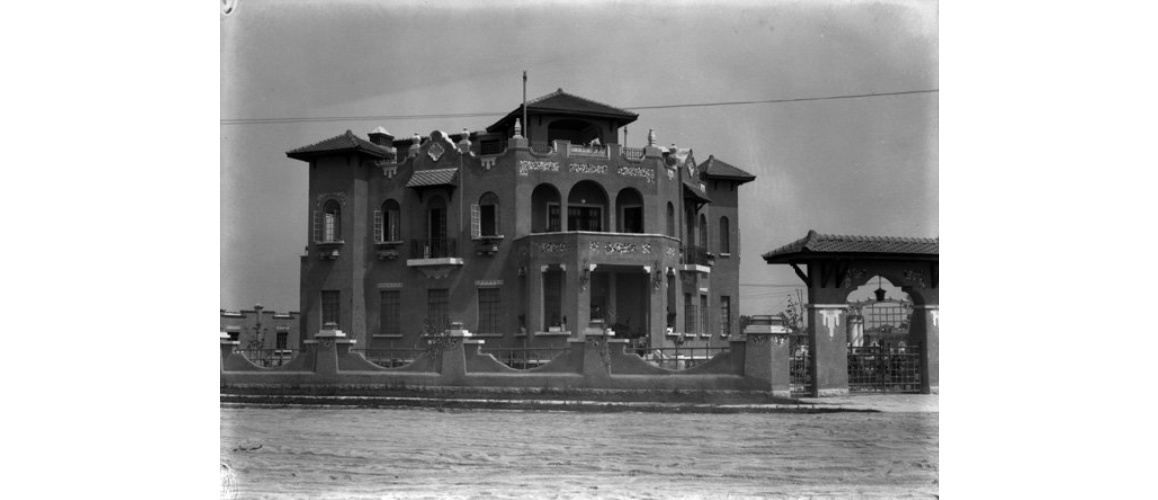
On the other hand, in the 17th century, the land was purchased by María Magdalena Davalos de Bracamonte y Orozco, the third countess of Miravalle, for which reason, later, the site would be named “the Countess”. The extension of the house was 160 thousand square meters, and according to information from the CDMX Joint Tourism Promotion Fund, the area covered the Condesa, Hipódromo Condesa and part of Roma Norte.
Later, the town located in the Cuauhtémoc mayor's office, was reborn thanks to the porfirista project of “order and progress”, since it was part of the large list of public works that took place during the administration of the Oaxacan dictator. One of the main reasons for taking advantage of this territory was due to pressure and financial aid from the elites closest to the ruler.
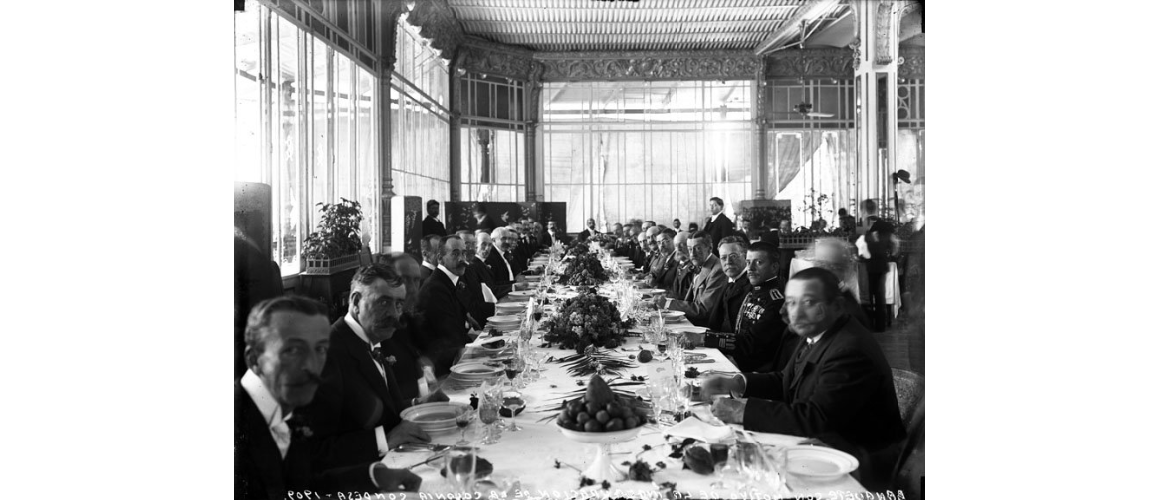
The development of this area took place along with that of another equally symbolic colony: Rome. It was a joint project that was inspired by the plans of important colonies on the European continent, specifically in places that were in France.
The official website of the Cuauhtémoc mayor's office highlights that among the first buildings of the Condesa that are still preserved are “the departments of the Condesa Buildings, built around 1908 for the employees of the Oil Company 'El Águila'”.
Over the years, the place has been inhabited by the upper middle class, members of the Jewish community, foreigners and after the Revolution, by relatives of the leaders of the constitutional army, Venustiano Carranza and Álvaro Obregón. The site stands out for its neoclassical, eclectic and art deco architecture.
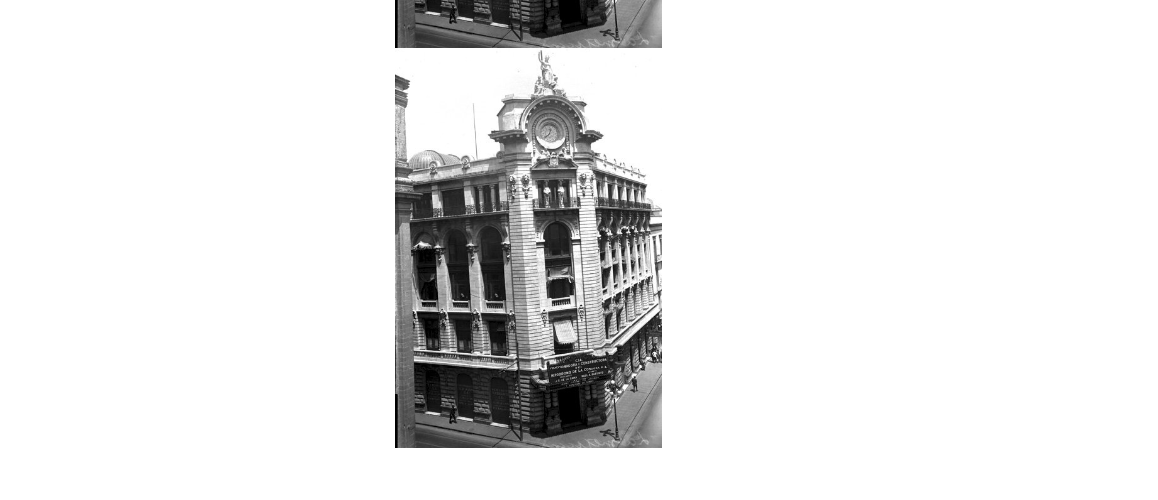
It should be noted that the colony that is located to the west of the historic center of the capital, was also visited by businessman Francisco I. Madero, one of the main minds behind the conflict of November 20, 1910.
Because the most affluent classes, and of course, those closest to then-President Díaz, enjoyed the opportunity to reside in one of the most exclusive areas and with more advantages than the others, it became customary for the different governments to continue investing and taking care of the development of these spaces.
Not for nothing, the same source emphasizes that today it is considered a great economic center known for its diversity of “cafes, bookstores, restaurants, galleries and boutiques, as well as its cultural and nightlife”. Because of their importance over time, 250 buildings of the Countess have been registered as artistic or historical monuments of the city.
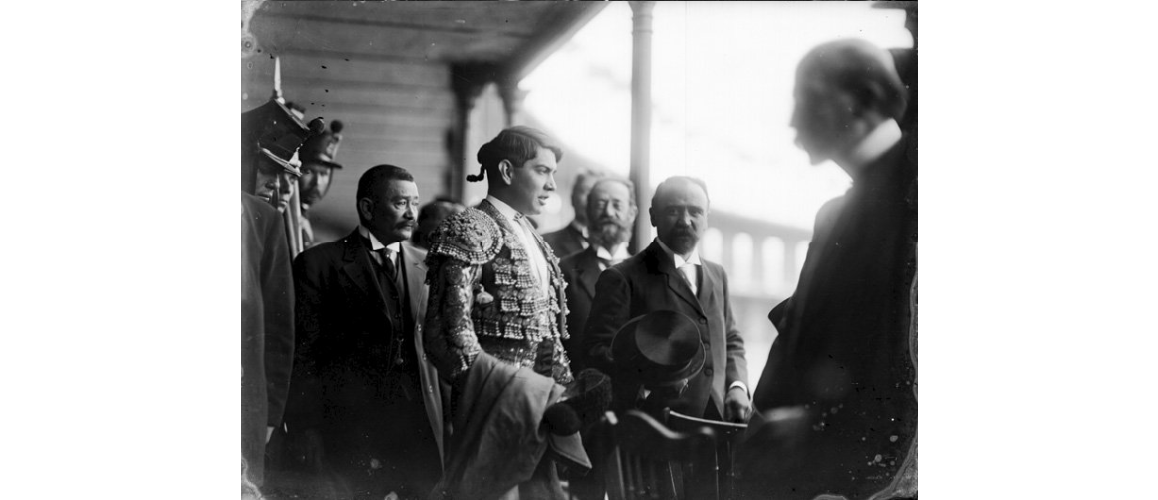
Over time, spaces have been improved and new green areas have been added so that citizens can take advantage of outdoor spaces, among these sites are Parque España, Parque México, Parque de pocket-size Condesa and some museums. Most buildings dating back to earlier times still retain their historical style and cultural value.
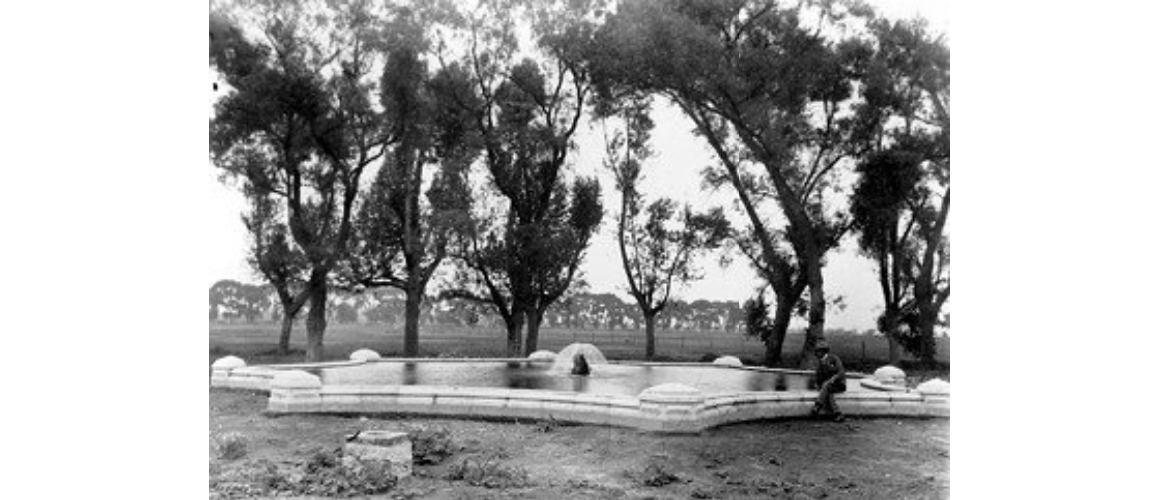
The Condesa neighborhood has a total area of 679 km2, borders Veracruz, Álvaro Obregon and Yucatan avenues in the north; with the Interior Circuit on the west side; to the east is Avenida de los Insurgentes and to the south is Axis 4 South Benjamin Franklin.
It also adjoins the San Miguel Chapultepec neighborhood to the west; to the north to Colonia Roma Norte; to the south with Colonia Hipódromo Condesa and to the east by Colonia Hipódromo.
KEEP READING:
Últimas Noticias
Debanhi Escobar: they secured the motel where she was found lifeless in a cistern
Members of the Specialized Prosecutor's Office in Nuevo León secured the Nueva Castilla Motel as part of the investigations into the case

The oldest person in the world died at the age of 119
Kane Tanaka lived in Japan. She was born six months earlier than George Orwell, the same year that the Wright brothers first flew, and Marie Curie became the first woman to win a Nobel Prize

Macabre find in CDMX: they left a body bagged and tied in a taxi
The body was left in the back seats of the car. It was covered with black bags and tied with industrial tape
The eagles of America will face Manchester City in a duel of legends. Here are the details
The top Mexican football champion will play a match with Pep Guardiola's squad in the Lone Star Cup

Why is it good to bring dogs out to know the world when they are puppies
A so-called protection against the spread of diseases threatens the integral development of dogs




